Birds have always fascinated humans with their vibrant colors and enchanting songs. Many people dream of having an exotic bird as a pet, imagining the joy it could bring to their homes. However, not all birds are suitable for domestication. Some possess toxins that can pose serious risks to humans and other animals. In this article, we will explore ten surprisingly poisonous birds that are best admired from a distance.
The Hooded Pitohui: A Toxic Mystery
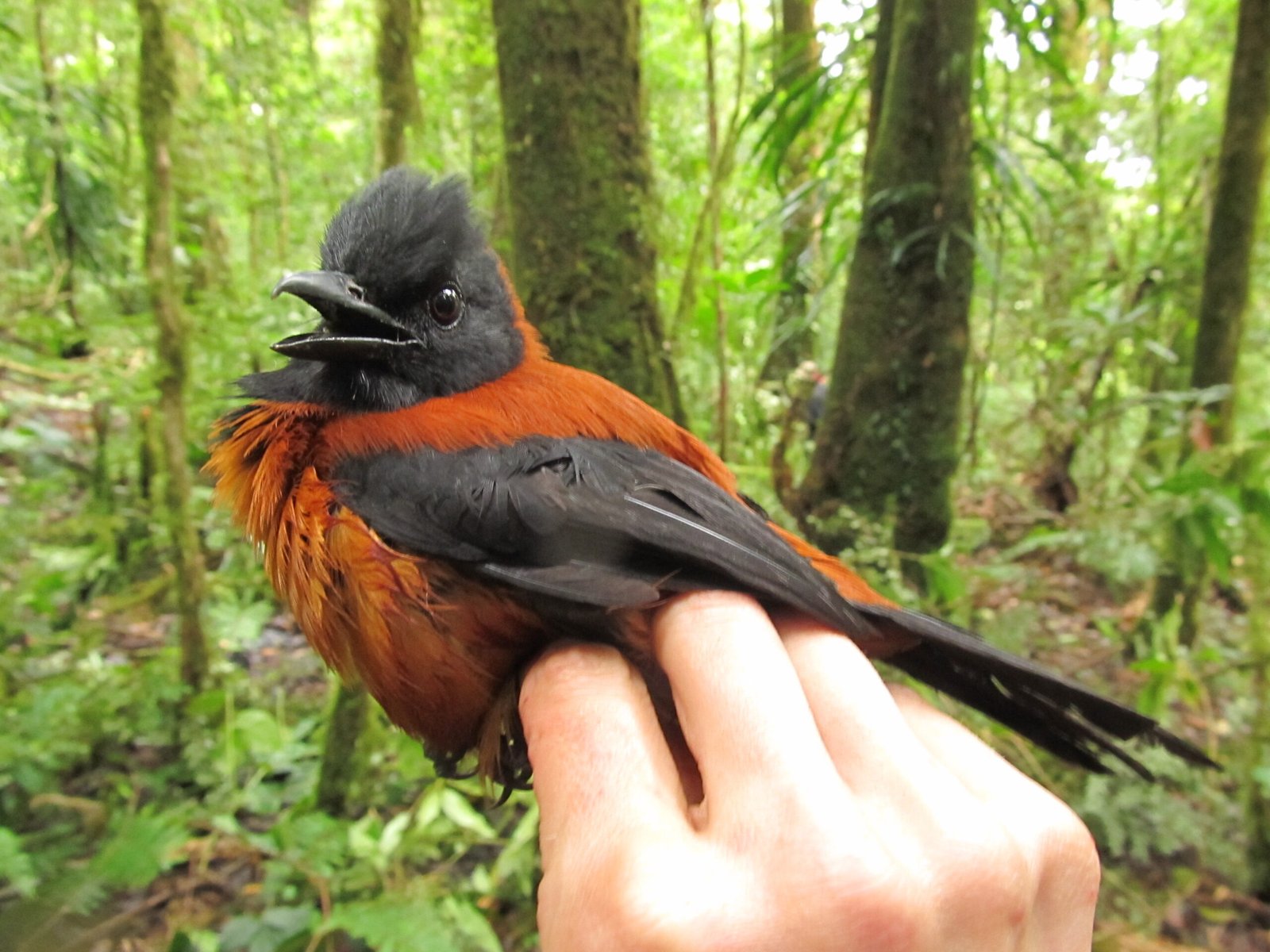
The hooded pitohui is a striking bird found in the rainforests of New Guinea. With its vivid orange and black plumage, it is a sight to behold. But don’t be fooled by its beauty! This bird carries batrachotoxin, a potent neurotoxin, in its skin and feathers. Indigenous people of New Guinea have long known about this and avoid handling the bird. The toxin is thought to be acquired from their diet, mainly beetles. It’s a vivid reminder that some of nature’s most beautiful creatures are best left wild.
The Variable Pitohui: A Deadly Delight
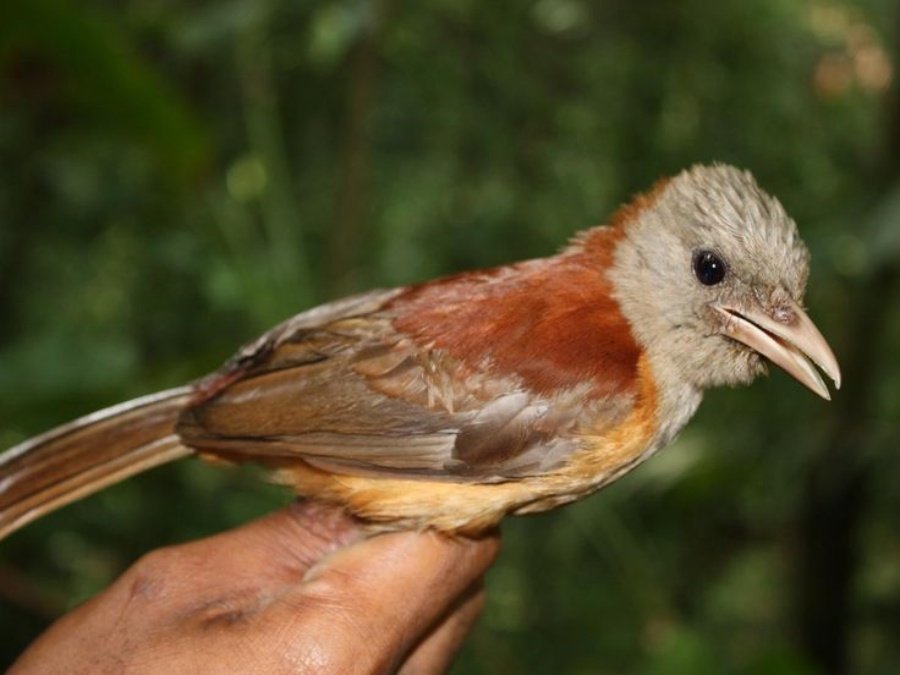
Closely related to the hooded pitohui, the variable pitohui also resides in New Guinea. As its name suggests, it comes in various colors, each as dazzling as the next. However, like its cousin, it harbors batrachotoxin, making it equally dangerous. Holding this bird could cause numbness, tingling, or even more severe reactions. It’s fascinating how something so colorful can be so hazardous, serving as a living testament to nature’s paradoxes.
The Blue-capped Ifrita: Beauty with a Bite

The blue-capped ifrita is another resident of New Guinea’s lush forests. This small bird is easily recognized by its blue crown and yellow underparts. It, too, contains batrachotoxin, a trait it shares with the pitohui family. While it might not look intimidating, the toxin can cause significant discomfort or harm if ingested or if it comes into contact with cuts or mucous membranes. Nature’s deceptive artistry at its finest!
The Little Shrikethrush: A Hidden Threat
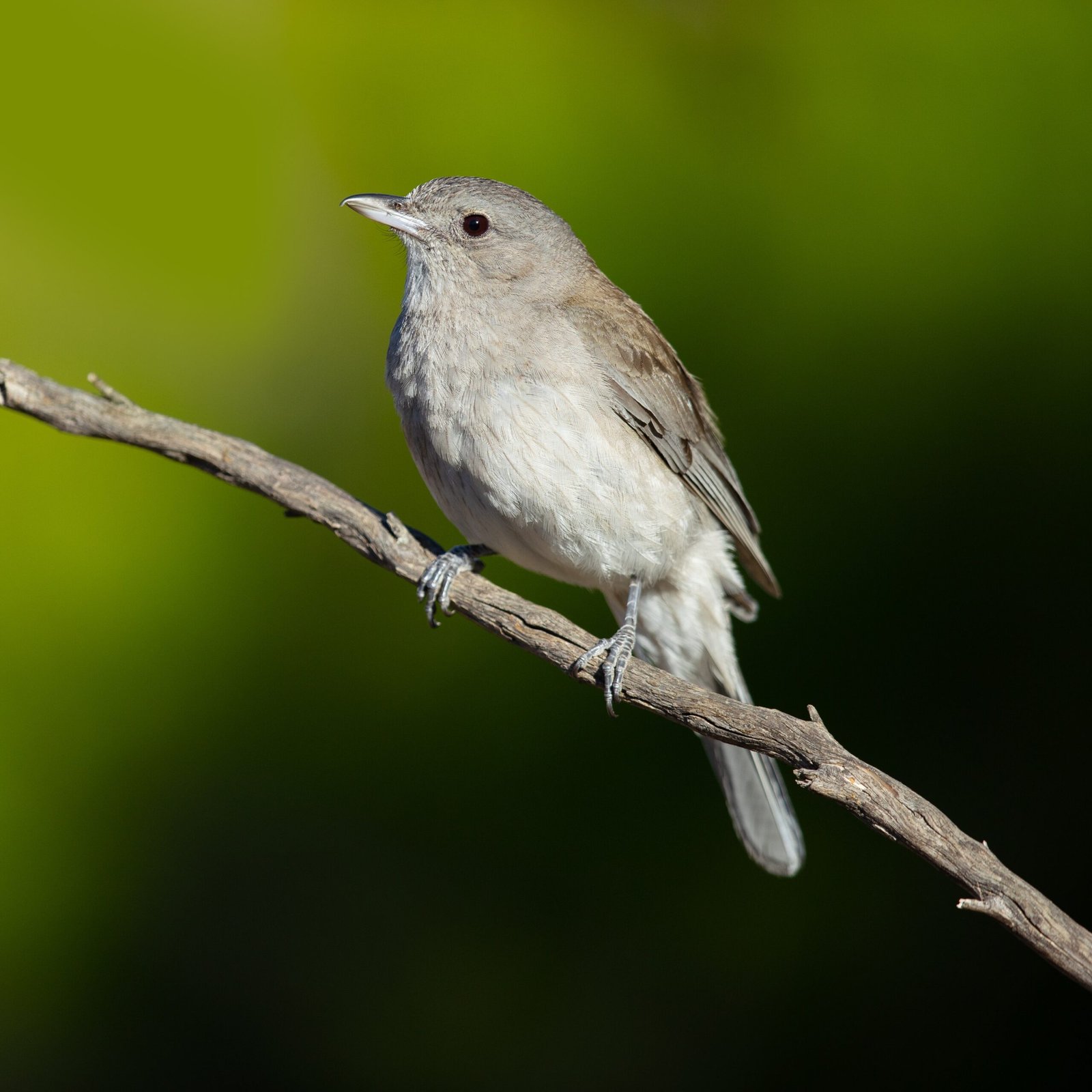
The little shrikethrush is a songbird with a melodious voice that can enchant anyone who hears it. Found in Australia and New Guinea, it doesn’t appear dangerous at first glance. However, research has uncovered that it also contains batrachotoxin. This discovery has added to the growing list of birds that use chemical defenses, a testament to the diverse survival strategies in the avian world. It’s a gentle reminder that appearances can be deceiving.
The Spur-winged Goose: A Toxic Traveler
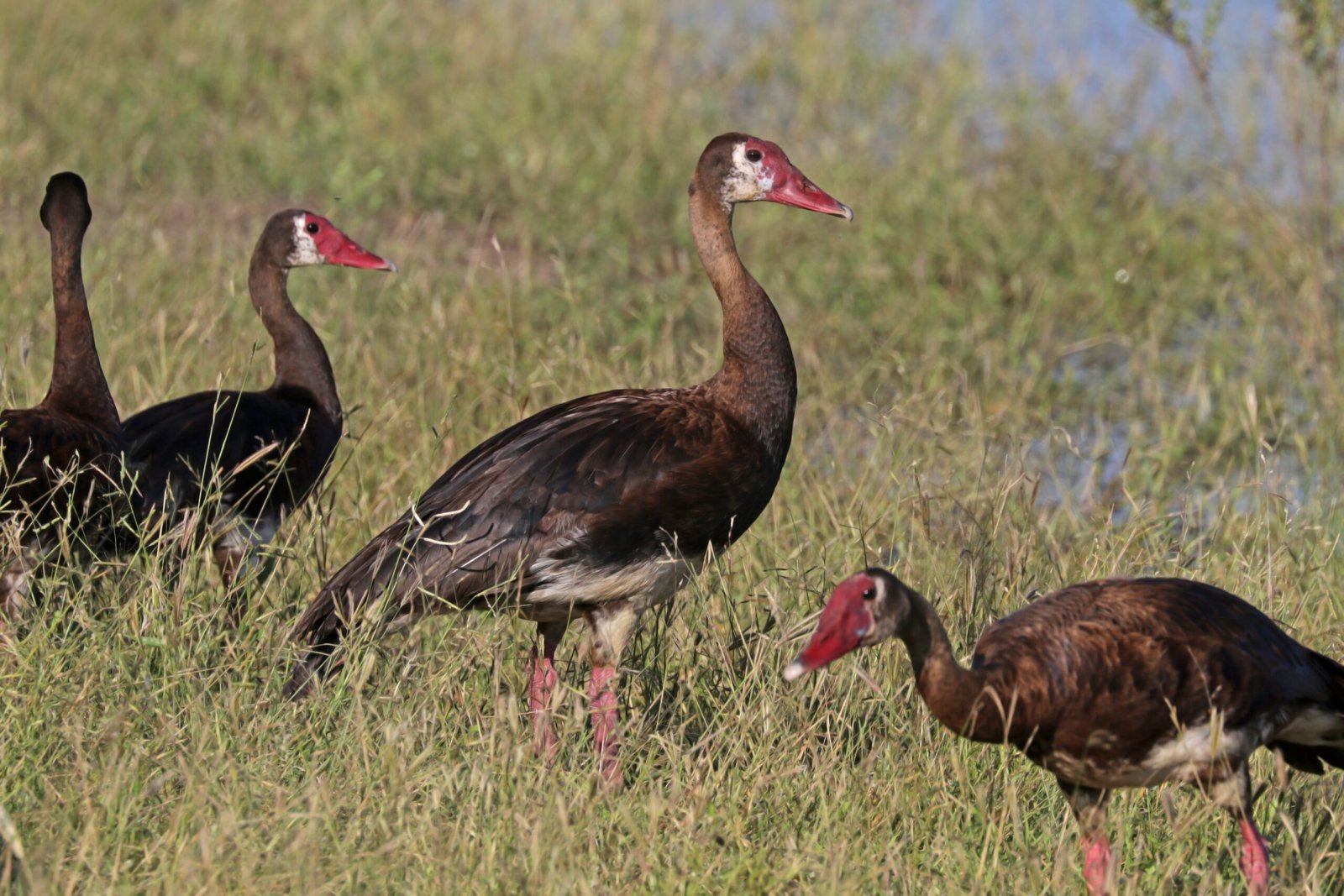
Native to sub-Saharan Africa, the spur-winged goose is the largest of the waterfowl family. It is distinct for its spurs on the wings, which it uses for defense. But its true defense lies in its diet. Feeding on blister beetles, the goose accumulates cantharidin, a toxin that can be lethal. This chemical defense makes consuming the bird risky. Its impressive size and unexpected danger make it a remarkable resident of Africa’s wetlands.
The Common Quail: A Familiar Foe
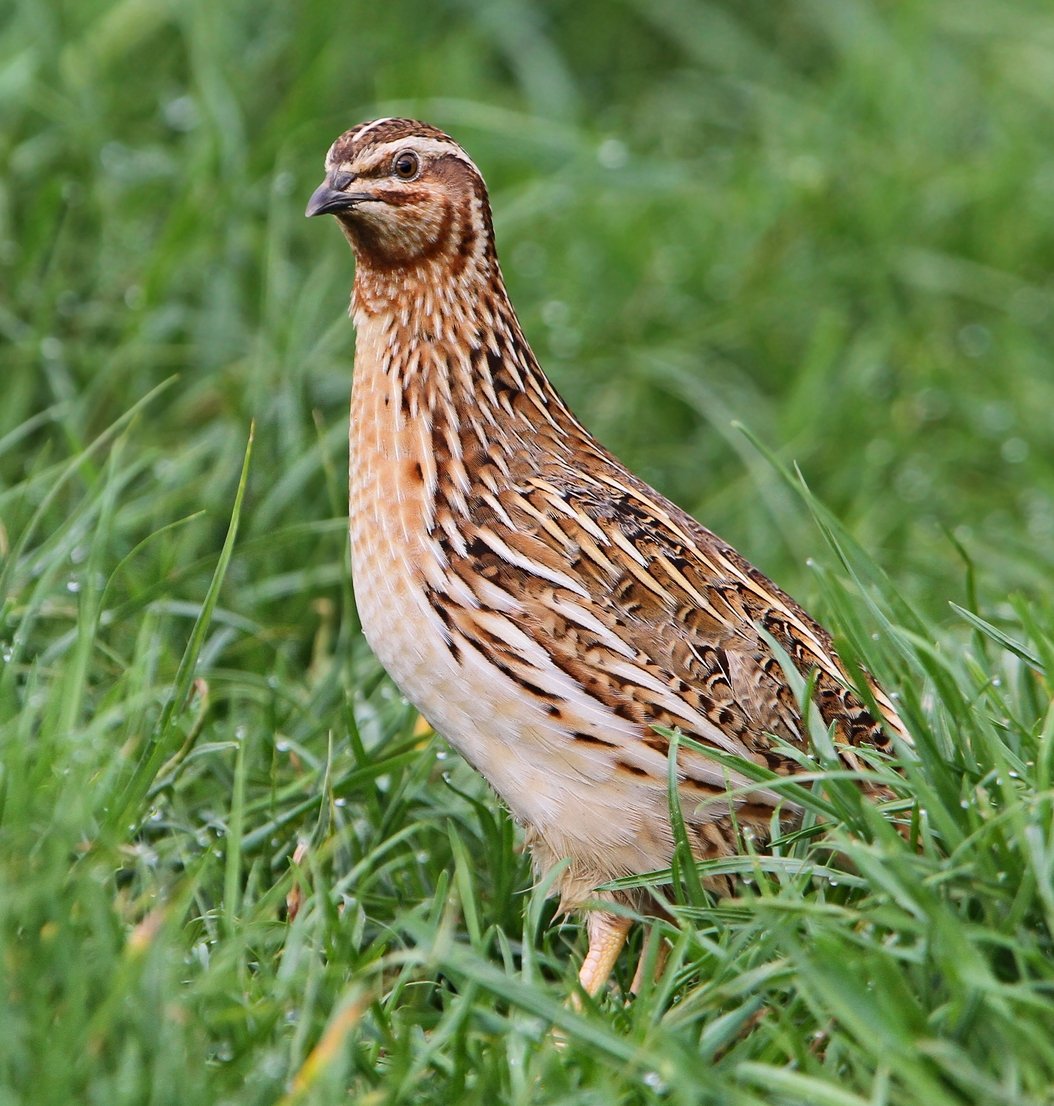
Quails are often seen as harmless game birds, but the common quail can carry a hidden danger. Under certain conditions, this bird can accumulate toxins from its food, causing a condition known as “coturnism” in humans who consume its meat. Symptoms can range from muscle pain to kidney failure. Though rare, it serves as a cautionary tale about the potential dangers lurking in familiar places.
The Red Warbler: A Scarlet Enigma
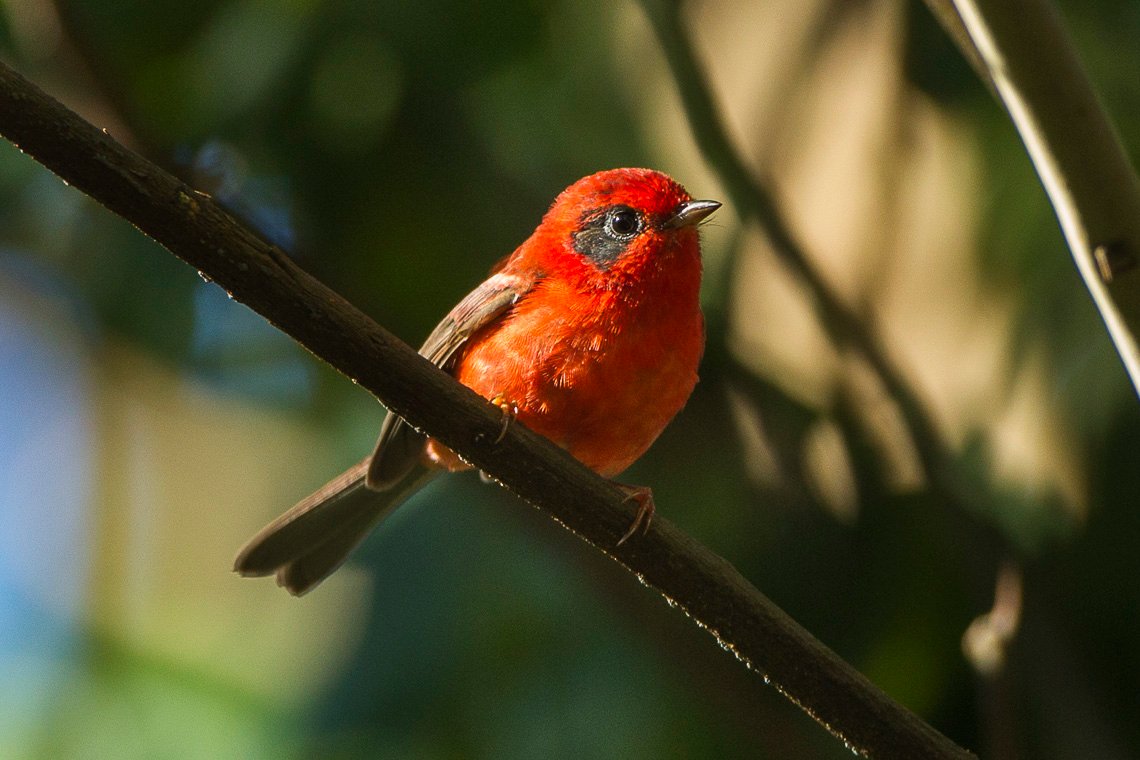
The red warbler, native to Mexico, is a small bird with a striking red hue. While it may not be poisonous in the traditional sense, its bright coloration serves as a warning to predators. The bird feeds on toxic insects, which can render its flesh harmful to those who eat it. This passive form of defense highlights the intricate balance of nature, where even the smallest creatures have their means of protection.
The European Goldfinch: A Golden Hazard

The European goldfinch, with its bright plumage and melodic song, is a beloved sight across Europe. However, it’s known to feed on the seeds of toxic plants like hemlock and ragwort. While this doesn’t make the bird directly poisonous, consuming it can pose risks, especially to predators. Its ability to thrive on toxic plants without harm is a marvel of evolutionary adaptation.
The Crested Bellbird: A Song of Caution
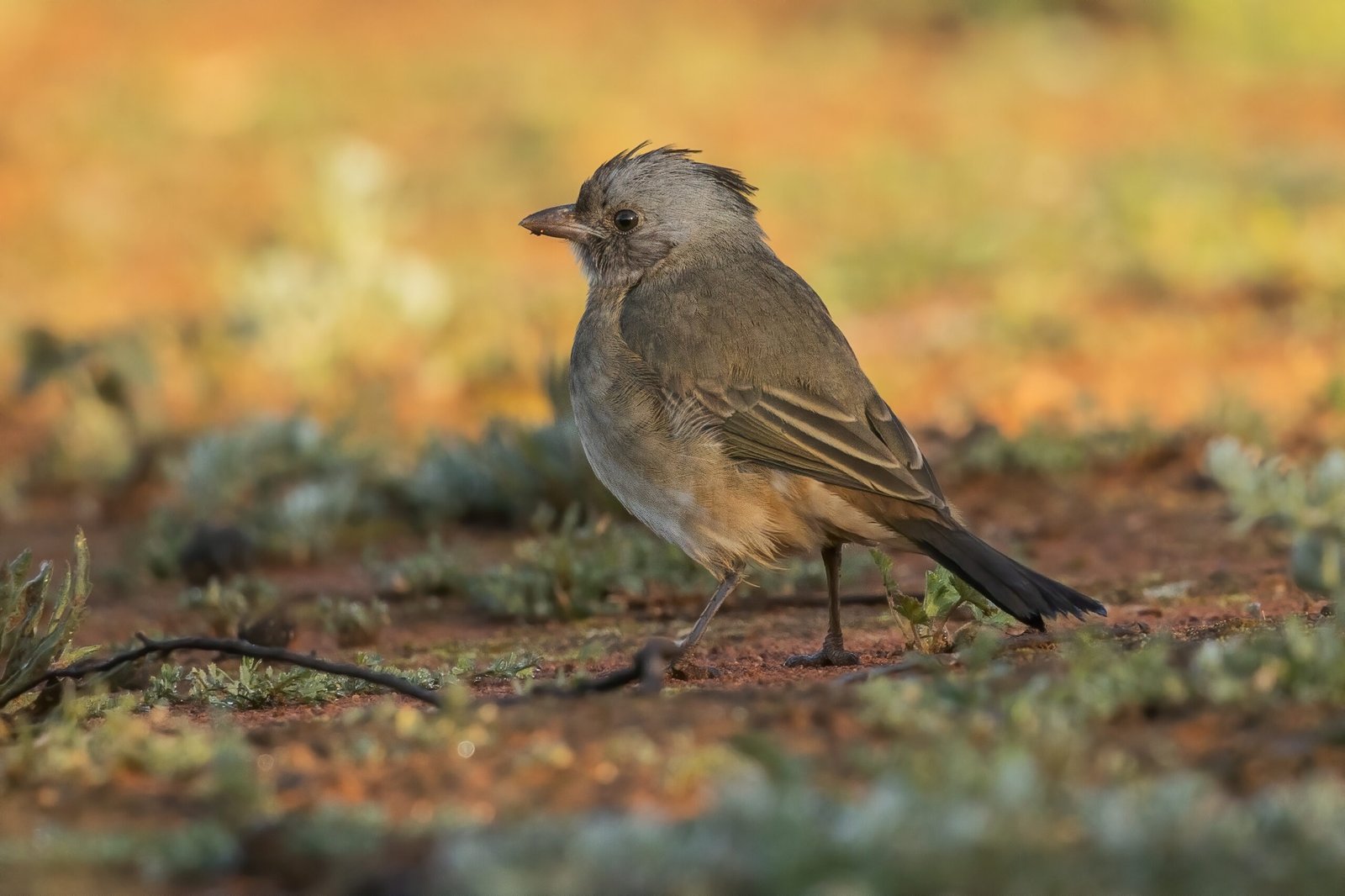
The crested bellbird is an Australian species known for its distinctive call. It has a unique defense mechanism; it secretes a foul-smelling oil from its skin, which can cause irritation. This oil is believed to be toxic to many predators. The bird’s melodious song contrasts with its defensive capabilities, making it a complex character in the avian world.
The Blue Jay: A Familiar Face with Hidden Dangers
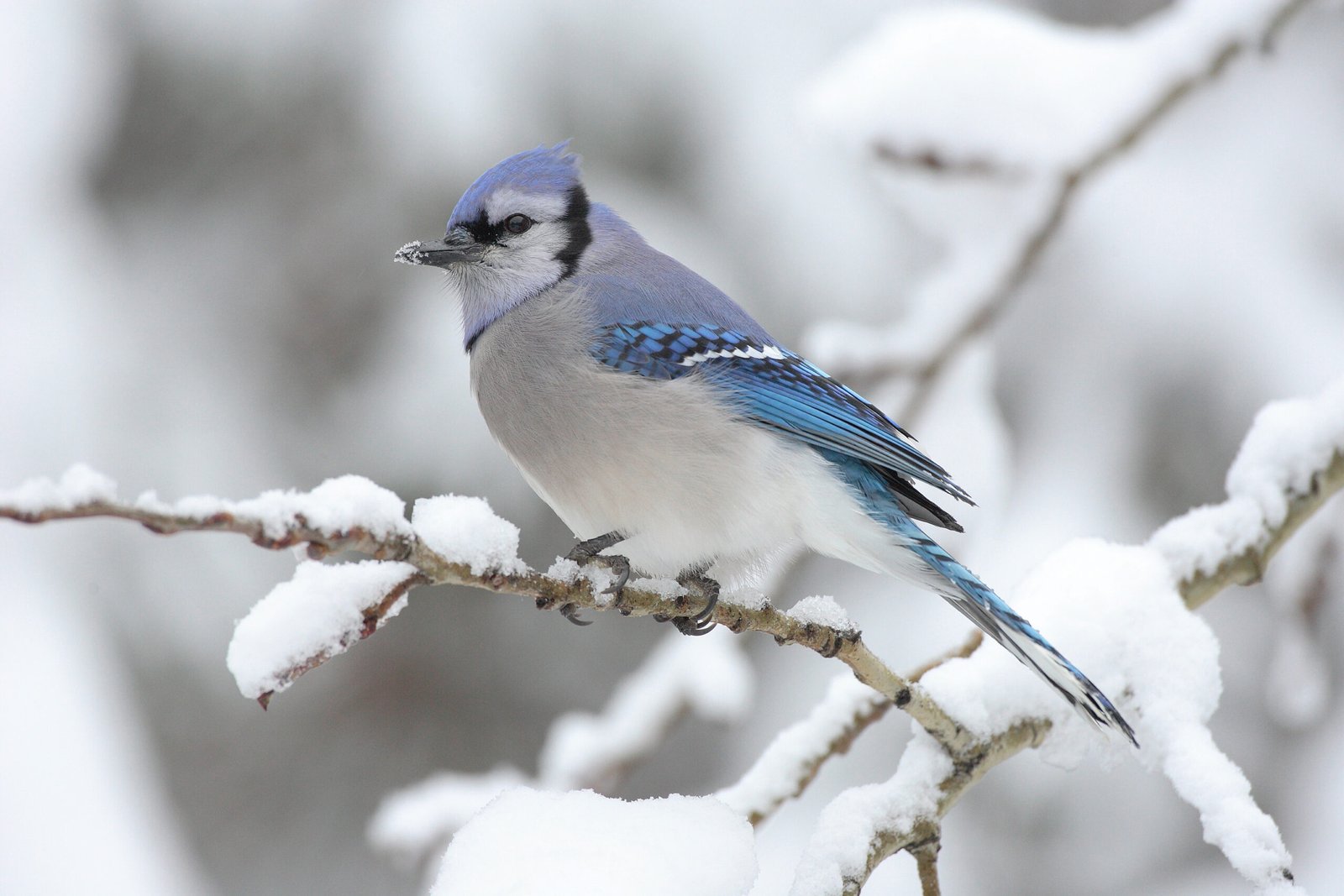
Blue jays are common in North America, easily recognized by their striking blue feathers and loud calls. While not toxic themselves, they are known to feed on a variety of foods, some of which are poisonous, like certain seeds and berries. This can sometimes make them a risky meal for predators. Their adaptability and intelligence are noteworthy, showing that even common species have layers of complexity.
In conclusion, while birds are often admired for their beauty and grace, some carry hidden dangers that make them unsuitable as pets. Understanding these traits helps us appreciate the diversity and complexity of avian life. These birds remind us that the natural world is full of wonders, often hiding in plain sight.

Born and bred in South Africa, a Capetonian at heart. Amy-Leigh’s love for nature and animals was inherited from her Dad. He loves taking the family on road trips to experience nature at its finest; Amy-Leigh’s favourite being whale watching in Hermanus and spotting Kudu along the West Coast. Amy-Leigh holds a BA in English Literature and Communication Studies.





